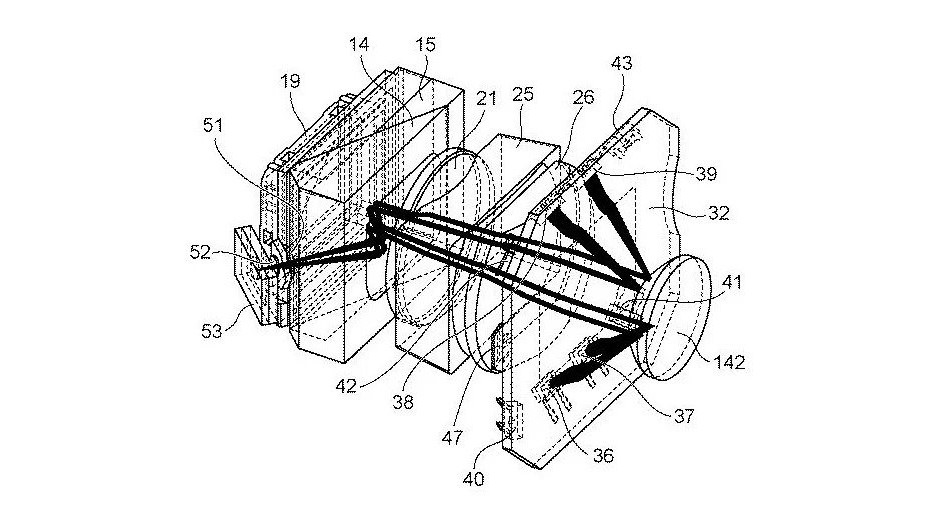A patent has revealed how the incoming Canon EOS R3's eye-controlled autofocus system might work in its electronic viewfinder without affecting the EVF's image quality.
Canon's eye-controlled AF tech, which promises to let you move the autofocus point around the frame using just your eye, first appeared way back in the Canon EOS 5 and EOS 3 SLRs during the 90s. We haven't seen it appear in electronic viewfinders yet, but that's about to change – and a patent appears to have revealed how it could work.
Back in April Canon announced that its upcoming EOS R3 camera would use the company’s classic eye-controlled autofocus, though no one was sure how this would be pulled off. Later a patent revealed details of how the feature's menu would look and this latest discovery by Canon News seems to explain the mechanics behind the eye-controlled autofocus on the EOS R3.
- Canon explains why the Canon EOS R3 isn't its flagship camera
- Best Canon camera 2021
- Canon EOS R3 vs Nikon Z9: how are the mirrorless flagships shaping up?
How will eye-controlled AF work in the Canon EOS R3?
Using an image sensor that sits off to the side of the EVF, dividing prisms along the optical path and infrared rays, the Canon EOS R3 will be able to track a user’s eye based on how the beams are reflected. The details are dense (and understanding is only made harder by having to translate them from Japanese) but this image should give you an idea of what Canon is planning.

The thick black lines are the IR light, which is reflected from your eye (142) to sensors (36 - 43). The origin of the light is the small image sensor (53) situated next to the main EVF screen (19).
Even though it seems fairly certain that this patent is for tech that we’re likely to see, it’s worth remembering that what we see in patents is never a guarantee. It’s possible that this is for an old design of eye-controlled autofocus compatible electronic viewfinder, and Canon has something different up its sleeves. We’d be very surprised if that was the case, but we won’t know for sure until we have the Canon EOS R3 in our hands.
What is eye-controlled autofocus?
Back in the 90s, the promise of eye-controlled autofocus was that the camera would focus on where you are looking. As you view your shot, the camera would automatically set itself up so that the object you are looking at becomes the focus of the image. The specifics changed from camera to camera, but this was the general idea.
Like a lot of ‘too good to be true’ technologies, eye-controlled autofocus was a little hit and miss. For some people the calibration would be perfect or as near to perfect to make no difference, setting up shots would be painless; for others eye-controlled autofocus was the bane of their existence, no matter how many times they tried to set it up it would never work as intended.
Hopefully the return of eye-controlled autofocus with the EOS R3 means that Canon is confident new technology can make the feature more consistent. We’ll have to wait until we get the system in our hands to know for sure, but we can’t wait to try it and find out.
from TechRadar: Photography & video capture news https://ift.tt/3wuuuOl
via IFTTT






0 kommenttia:
Lähetä kommentti